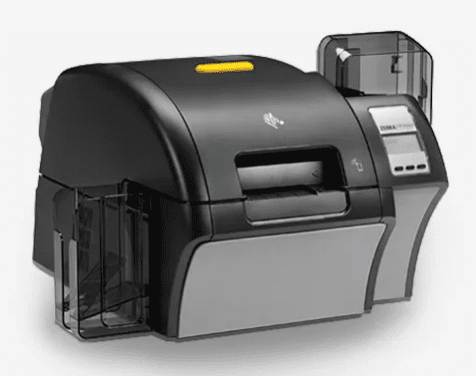 Modern technology has ushered in an era where smartphones are in everyone’s hands. In theory, and often enough in practice as well, that makes everyone a photographer.
Modern technology has ushered in an era where smartphones are in everyone’s hands. In theory, and often enough in practice as well, that makes everyone a photographer.
And though we may not realize it, we’re all faced with a problem that professional photographers know too well: how do you preserve your images? How do you choose which ones to cull and which ones can be saved with the effort of editing?
Size matters
Traditionally, photographers had to worry about how negatives were stored and how prints were archived. And today’s film enthusiasts still have to deal with these concerns as their craft continues to operate on a physical medium.
Yet DSLRs and mirrorless cameras have become the professional industry standard. And the average consumer no longer shoots on film but with a smartphone. Social media means that we can even largely skip the printing process, going directly to online posts.
Digital files aren’t vulnerable to the elements. They don’t suffer wear and tear from handling, and colors don’t degrade from light exposure.
But the media containing them remains vulnerable. Devices get lost or stolen, damaged or broken down. The best cloud photo storage options offer a solution to this, as they aren’t tied to a single piece of hardware. Even so, users don’t always have the bandwidth available to back up every image on their hard drives.
Thus, the file size will eventually emerge as a limiting factor in which images you keep.
The improvements in digital imaging technology are partly associated with better sensor size and resolution capability over the years. The typical consumer will take pictures with a device sensor of 12-20 megapixels. Using JPEG compression, that yields an average file size of 4-8 megabytes.
It doesn’t seem like a lot, but the convenience of having a smartphone means that you’re not just able to whip out your camera anytime, anywhere. The megabytes add up quickly over days, months, and years. Free online backup plans reach their limits. So does device capacity, especially if you’ve been shooting videos as well.
Learning to edit
Your ability to take pictures shouldn’t be constrained by that nagging concern in the back of your mind about maybe not having enough space to keep everything.
The most sustainable solution is simple: don’t keep everything.
It’s also a difficult process. We might instantly delete those that are too blurry or out-of-focus, over or under-exposed, or maybe caught the subject in an unflattering moment.
But taking a series of pictures can help you to really relive those moments. As you swipe across your device screen, it can almost feel as though you’re going through the experience frame by frame. And outtakes can be hilarious on a personal level, even if you’d never post them on your social media feed.
It’s harder to delete images that aren’t obviously bound for the discard pile. But discerning which ones we should keep is a useful skill to master.
Professional photographers know that their skillset must include editing. Not just the sort that involves retouching their images, but self-editing in the sense of choosing the outstanding images from a shoot.
Doing this will force you to pay closer attention to the quality of your images. You’ll develop a finer understanding of what works in photography and what your preferences are. Through the practice of self-editing, you can pare down your file archives while improving your skill as a photographer.
The information question
Not everyone who takes pictures will want to pursue their photography further, even as a hobby. That’s why we need to consider the matter of self-editing from a skills perspective and from the standpoint of information management.
Capturing an image creates a visual record of a moment, but it’s an inherently imperfect one.
Lenses can’t keep everything in perfect focus. Sensors don’t capture the full range of hues and values that are present in the real world. Using compressed formats instead of RAW files represents a further loss of information.
We choose what information matters whenever we press the shutter. We forsake some details when we focus on a certain subject and leave out entire elements in the way we frame a scene.
To be aware of this sort of decision-making that goes into each snapshot means being aware of what information you really wanted to preserve when you took it.
In turn, this will give you a more deliberate and informed approach towards capturing and managing that information.
If you treasure every second of an occasion spent with a loved one, then, by all means, keep every frame.
But maybe as you sift through thousands of travel pictures, realize which ones are actually meaningful, and discard those that are just replicas of what everybody else is shooting.








